Can I Use My Phone Sim in a Router? Yes, it is possible to use your phone SIM in a router. This process is called tethering, and it allows you to share the data connection of your phone with other devices like laptops and tablets. To do this, you will need a router that has a built-in SIM card slot. You can then insert your phone’s SIM card into the router and connect it to your home network. Once connected, any device that connects to the network will be able to access the internet via your phone’s data connection.
However, it is important to note that some mobile carriers may charge extra for tethering or limit the amount of data you can use while tethered. It is also important to check that your phone plan supports tethering before attempting this as some plans are not designed for this purpose. Finally, if you are using an unlocked phone, make sure that the frequency bands supported by the router are compatible with those supported by your carrier.
What Should be the Features and Performance of the Phone SIM and Router?
When it comes to using a phone SIM in a router, the features and performance depend on the type of router you are using. Some routers come with advanced features such as parental controls, VPN support, and guest networks. These features can enhance your internet experience and provide additional security and privacy. Additionally, some routers come with advanced QoS (Quality of Service) features that allow you to prioritize traffic for specific applications or devices, ensuring that they get the required bandwidth.
In terms of performance, using a phone SIM in a router can provide decent internet speeds, depending on the network coverage and signal strength in your area. Most modern routers support 4G LTE, which can provide fast internet speeds of up to 150 Mbps or more. However, the actual speed you get depends on various factors, such as the network coverage, signal strength, number of users, and distance from the cell tower.
NETGEAR Nighthawk M6 5G WiFi 6 Mobile Hotspot Router (MR6150)
What Should be the Specification of the Phone SIM and Router?
The specification of the router you choose to use with your phone SIM can have a significant impact on its performance. Some key specifications to consider include:
- LTE Category – This indicates the maximum theoretical download and upload speeds that the router can support. For example, LTE Cat 6 can support download speeds of up to 300 Mbps and upload speeds of up to 50 Mbps.
- Wi-Fi Standard – This determines the maximum Wi-Fi speed that the router can provide. The latest Wi-Fi standard is 802.11ax (also known as Wi-Fi 6), which can provide faster and more reliable connections.
- Ethernet Ports – The number of Ethernet ports on the router can determine how many devices you can connect via a wired connection.
- Antenna – The number and quality of the antennas can affect the signal strength and coverage of the router.
What Should be the Design of the Phone SIM and Router?
The design of the router you choose to use with your phone SIM can be an important factor, especially if you plan to use it in a public area. A well-designed router can blend in with its surroundings and not attract attention. Additionally, some routers come with detachable antennas that can be adjusted to optimize the signal strength and coverage.
What Should be the Coverage of the Phone SIM and Router?
The coverage you get when using a phone SIM in a router depends on the network coverage and signal strength in your area. If you live in an area with good network coverage and strong signal strength, you can expect to get good internet speeds and coverage. However, if you live in an area with poor network coverage or weak signal strength, you may experience slow internet speeds, dropouts, or disconnections. Therefore, it’s important to check the network coverage and signal strength in your area before choosing a router to use with your phone SIM.
Pros and Cons
Using a phone SIM in a router has its pros and cons, and it’s important to consider them before deciding to do so.
Pros:
- Convenience – Using a phone SIM in a router can be convenient as it allows you to share your mobile data plan with other devices without having to use a separate data plan.
- Portability – Most routers that support phone SIMs are portable and can be easily carried around, making them ideal for use while traveling or in areas with no fixed broadband.
- Cost-effective – Using a phone SIM in a router can be a cost-effective solution, especially if you have a large data plan that you can share with multiple devices.
Cons:
- Limited data – Most mobile data plans have a limited amount of data, and using a phone SIM in a router can quickly exhaust that data limit, leading to extra charges.
- Signal strength – The signal strength and coverage you get when using a phone SIM in a router can be affected by various factors, such as the location, distance from the cell tower, and the number of users.
- Compatibility – Not all routers are compatible with all types of phone SIMs, and using a non-compatible router can lead to poor performance or not working at all.
How to Use Sim Card For Internet Only
Using a SIM card for internet only is a great way to stay connected to the internet without having to pay for a separate data plan or fixed broadband connection. In order to use a SIM card for internet only, you will need a compatible device, such as a smartphone, tablet, or router, and a mobile data plan from a mobile network operator.
Here are the steps you can follow to use a SIM card for internet only:
Step 1: Choose a mobile network operator: The first step is to choose a mobile network operator that offers a mobile data plan that suits your needs. You can compare the prices, data allowances, and coverage of different mobile network operators in your area to find the best deal.
Step 2: Purchase a mobile data plan: Once you have chosen a mobile network operator, you can purchase a mobile data plan that suits your needs. Most mobile network operators offer prepaid or postpaid mobile data plans with various data allowances and validity periods. You can purchase a mobile data plan online, at a retail store, or by calling the mobile network operator’s customer service.
Step 3: Insert the SIM card: After purchasing the mobile data plan, you will need to insert the SIM card into a compatible device, such as a smartphone, tablet, or router. The SIM card slot is usually located on the side or back of the device and can be accessed by removing the back cover or a small tray.
Step 4: Configure the internet settings: Once the SIM card is inserted, you will need to configure the internet settings on your device. This can be done by going to the settings menu on your device and selecting the mobile network settings. You will need to enter the APN (Access Point Name) and other internet settings provided by the mobile network operator. You can find these settings on the mobile network operator’s website or by contacting their customer service.
Step 5: Connect to the internet: After configuring the internet settings, you can connect to the internet by turning on the mobile data connection on your device. This can usually be done by going to the settings menu on your device and selecting the mobile data or cellular data option. You can then open a web browser or an app that requires internet access and start browsing the internet.
Finally, Using a SIM card for internet only is a great way to stay connected to the internet without having to pay for a separate data plan or fixed broadband connection. By following the above steps, you can easily use a SIM card for internet only on a compatible device and enjoy fast and reliable internet access. Just make sure to choose a mobile network operator that offers good coverage and a mobile data plan that suits your needs.
What are the Benefits of Using a Phone Sim in a Router
If you’re looking for an affordable way to get online, using a phone sim in a router can be a great option. Here are some of the benefits:
1. Cost-effective: A pay-as-you-go sim card can be a lot cheaper than other broadband options, and you don’t have to sign up for a long contract.
2. Portable: If you need to move around or travel frequently, your router can come with you – just make sure you’ve got good coverage in your new location.
3. Flexible data allowance: With many sim only deals, you can choose how much data you want to purchase each month, so you’re not paying for more than you need.
4. No installation required: Unlike some broadband options, there’s no need for installation with a sim card – simply insert it into your router and away you go!
How Do I Set Up My Phone Sim in a Router
Assuming you would like step-by-step instructions on how to set up a phone sim in a router:
1. Locate the sim card slot on your router. It is usually on the back or side of the router.
2. Insert the sim card into the sim card slot. Make sure it is inserted correctly so that it makes contact with the metal connectors inside the slot.
3. Once the sim card is inserted, close up the sim card slot cover.
4. Next, locate an Ethernet port on your router and plug one end of an Ethernet cable into it. The other end of this Ethernet cable will need to be plugged into your computer’s Ethernet port.
5. Once both ends are plugged in, turn on your computer and router. Your computer should automatically detect that there is an internet connection available and connect to it. If it does not, you may need to manually select the connection in your network settings before proceeding further.
6. Now open up a web browser and type in your router’s IP address into the address bar at the top of the screen (this can usually be found in your router’s documentation). This will bring you to your router’s configuration page where you can make any necessary changes to its settings (such as setting a password).
7. After making any necessary changes, scroll down to find the option for “SIM Settings” or “Cellular Settings”. Select this option and then enter in all of the required information for your specific carrier (such as APN details). Once everything is entered correctly, save these changes and restart your router for them to take effect.
8. That’s it! Your phone sim should now be successfully set up in your router and you should have an internet connection!
Final Thought
Finally, using a phone SIM in a router can be a convenient and cost-effective way to share your mobile data plan with other devices. However, it’s important to consider the compatibility, features, performance, design, coverage, and pros and cons before deciding to do so.
If you live in an area with good network coverage and signal strength, and you have a compatible router with advanced features, you can expect to get fast and reliable internet speeds. However, if you live in an area with poor network coverage or weak signal strength, using a phone SIM in a router may not be the best solution. Therefore, it’s important to check the network coverage and signal strength in your area before making a decision.





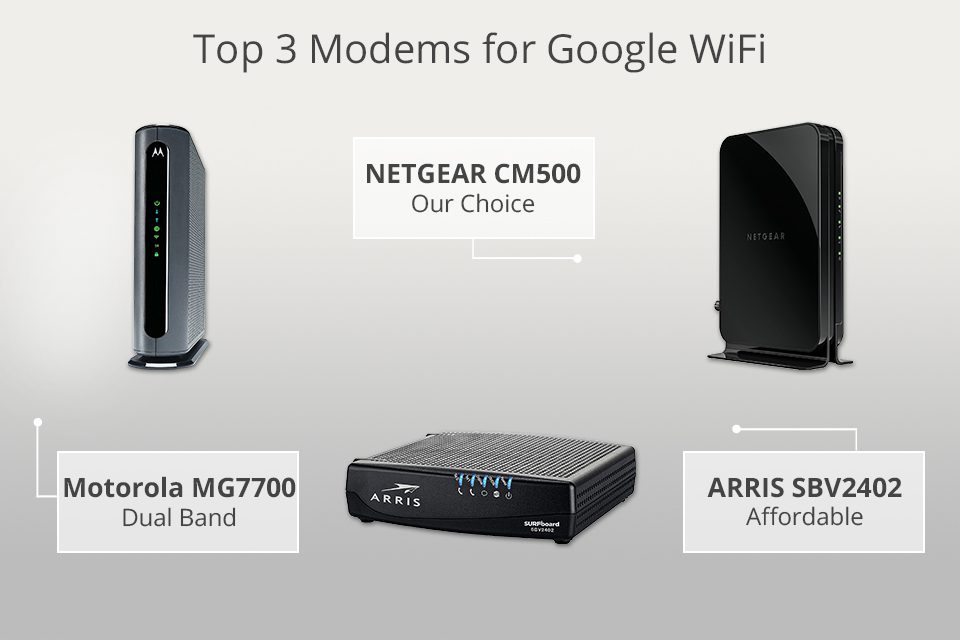
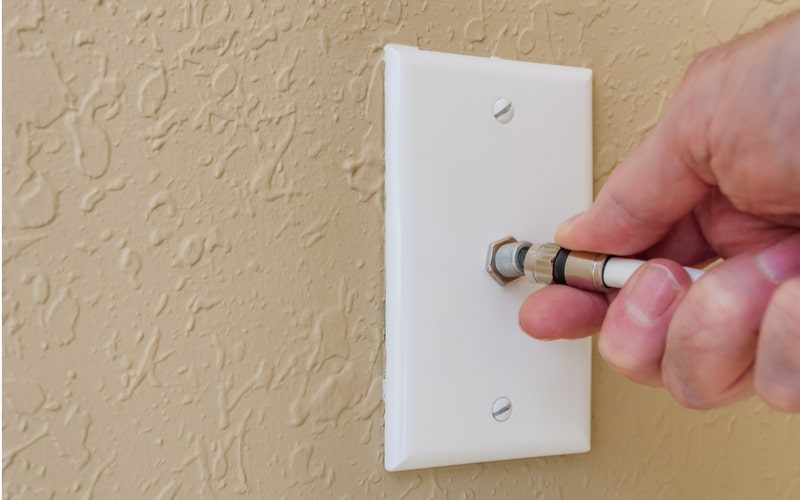
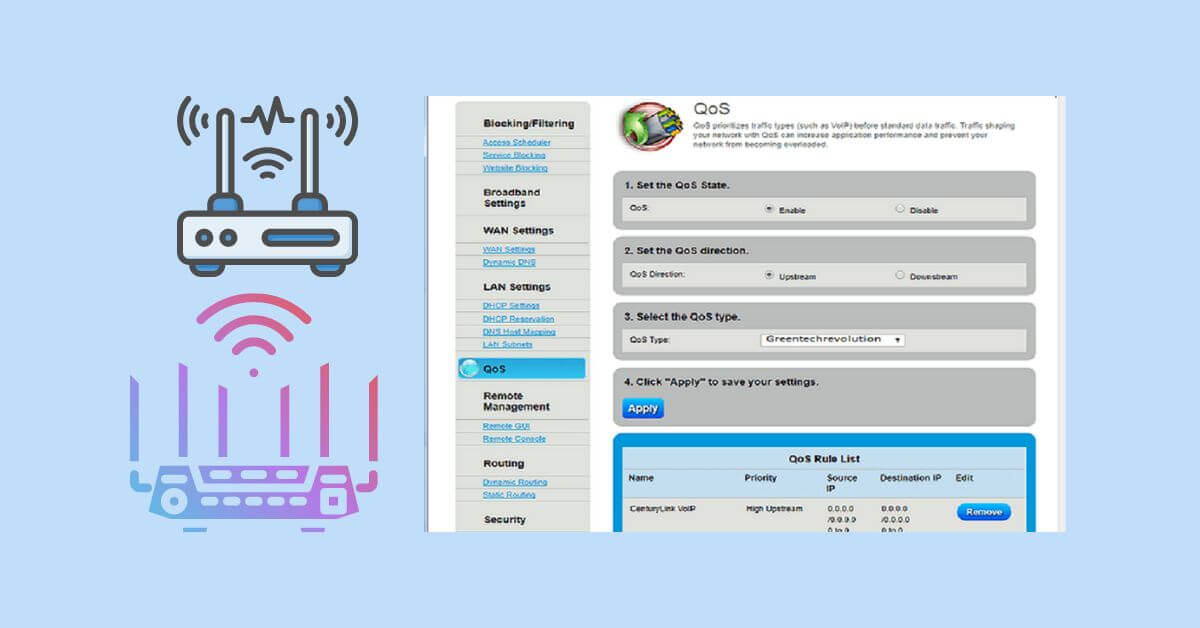
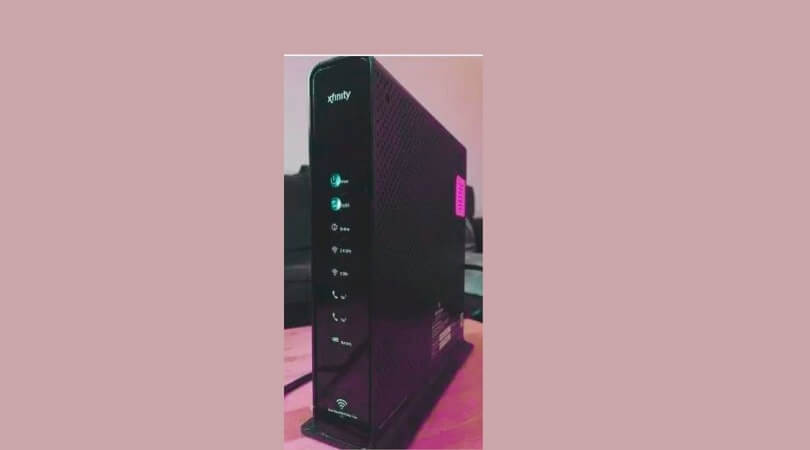
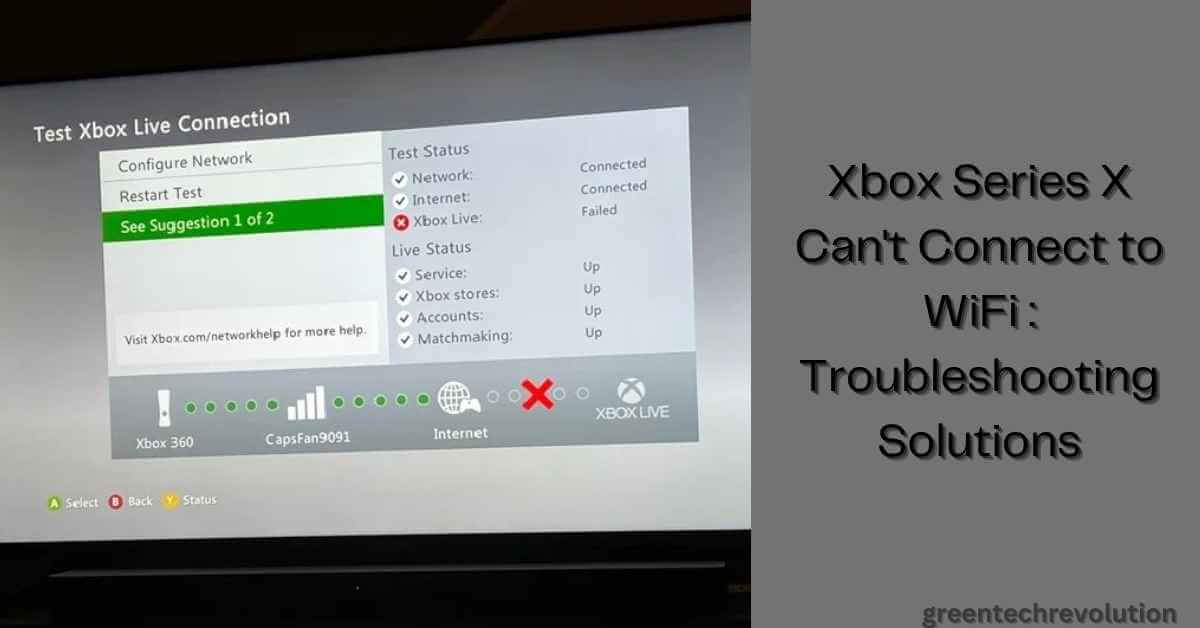

Leave a Reply
You must be logged in to post a comment.